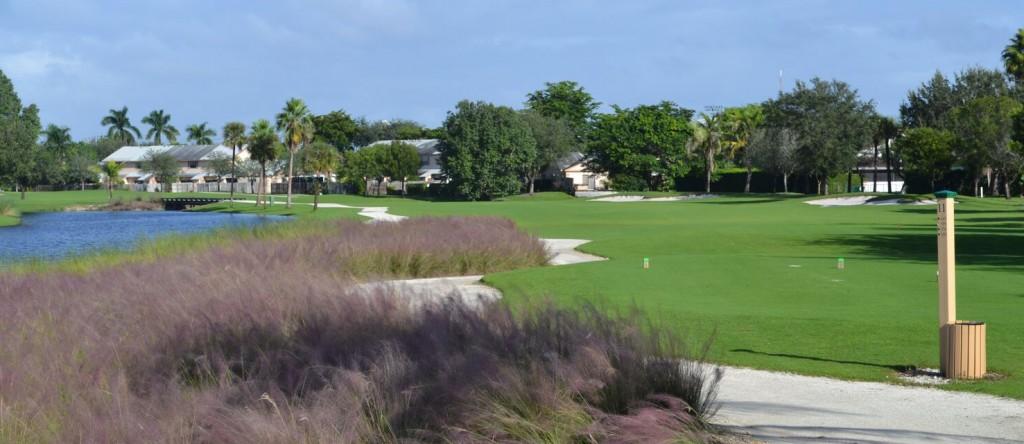
The Case for Executive Courses: Big Fun in Small Packages
You’re short on time. Short on patience. And maybe a little short on disposable cash.
What’s a golfer to do?
Short answer: Tee it up on an executive course.
Hadn’t thought of that, had you?
The term “executive course” was coined by architect William Mitchell, who championed scaled-down layouts as a way for business executives to squeeze in a round “at the tail end of a hectic workday.”
As an alternative, Golf Digest architecture editor Ron Whitten has suggested “precision course” – a name that may well appeal to lower handicap golfers.
No matter what you call them, when you play them, these mighty mites never come up short. Here are five good reasons to play an executive course soon… and often:
You’ll finish sooner
The typical executive course features more than eight par 3s, a handful of par 4s, and perhaps a par 5. Compare this to the average regulation layout with multiple par 4s & 5s and not as many par 3s, it stands to reason that an executive round is less time-consuming.
That’s never been more important and convenient than it is today during the winter months when darkness falls early.
On most executive courses, you can sneak in 18 holes in three hours or less. When’s the last time you played a full-size track that quickly?

Designed by famed golf course architect Rees Jones, The Yates Course offers a mix of challenging Par 3’s and 4’s with remarkable views of the downtown Atlanta skyline. Photo by: Charlie Yates Golf Course
Great bang for your buck
Because they’re more compact than conventional courses, executive facilities cost less to maintain. In general, you’ll pay about half to three-quarters the price of a regular round, but you’ll still use your full set of clubs.
Laid-back and family-friendly
Serious golfers tend to steer clear of executive courses. Their loss is a net gain for casual players, including beginners and families with kids.
While it’s still important to practice good golf etiquette, mellow types and neophytes find the game more relaxing when surrounded by their peers. What’s more, executive layouts are rarely as hazard-laden or thick of rough as their big siblings.

Sporting four sets of tees to suit every golfer’s ability, Seven Bridges at Springtree GC is the popular choice of South Florida’s golfer. Photo by: Spring Tee Golf Club
Perfect for walking
Many full-size courses require players to rent a cart. Some are simply not walker-friendly due to length or topography.
Executive courses, on the other hand, usually welcome walkers. At 3,500 – 5,500 yards for 18 holes, the trek is quite manageable, and you’ll seldom encounter long traverses between greens and tees.

Carved out of the pines with no harsh transition areas and no artificial landscaping, the Mountain course is all natural and a real challenge and joy to play. Photo by: Incline Village Golf Course
Good for your game
It’s probably the biggest misconception about executive courses: They’re not challenging enough for better golfers.
If your idea of a nice test is tackling the back tees at PGA West’s TPC Stadium Course, most executives probably won’t do it for you. But if you want to sharpen your irons and short game while getting in some work on your driving, then a heavy dose of one-shotters mixed with a few longer holes is just what the doctor ordered.
Here are some of our favorites on GolfNow:
Arizona
Executive at Mountain Shadows GC (currently under renovation) – Paradise Valley
California
Lincoln Park GC – San Francisco
Oaks North GC (27 holes) – San Diego
Executive at Vista Valencia GC – Valencia
Florida
Seven Bridges at Springtree GC – Sunrise
Georgia
Charlie Yates GC (9 holes) – Atlanta
Nevada
Mountain at Incline Village GC – Incline Village
Virginia
Spotswood Executive at Golden Horseshoe GC (9 holes) – Williamsburg

Leave a Reply
You must be logged in to post a comment.